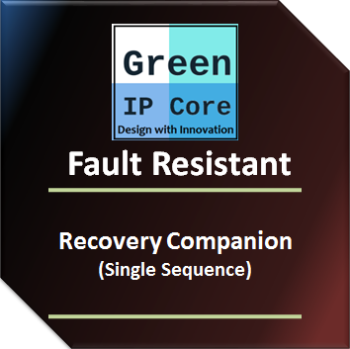
New-generation autonomous systems, both those that are already beginning to emerge and definitely those people are expecting, differ from existing systems in the several key aspects. These aspects, which are being now discussed, position the “New-generation”.
They have a large variety of possibly conflicting system goals.
A typical new-generation autonomous system will not be focused on a small number of well-defined goals, such as winning a game of chess, or a vehicle reaching a correct destination without collisions or reconfiguration within the course of journey.
Rather the system goals would be dynamically set and user would expect system to complete those goals with low level functions operating autonomously by the system.
Their environment is dramatically less predictable.
Even autonomous systems of the present already have to deal with an enormous number of known and unknown environment configurations, and these obviously add a whole new order of magnitude to this difficulty.
This add a much heavier overhead on software to ensure everything goes right and system is able to reach its objective. Software developers focus more towards ensuring the committed functions works right and less focus towards improve the system level of functional behavior.
They are expected to provide rich high level interaction
Classical human–computer interaction (HCI) is typically geared toward trained users or operators controlling automated tasks. New people expect to define much high level of system expected goals and system need to work autonomously on smaller activities to achieve the object.
New interfaces will have to deal with the overall behavior of the system as sensed by humans, with the way the system affects human behavior and with the way humans think about system behavior.
New-generation autonomous systems will affect and put at risk a far wider circle of people, and will be increasingly exposed to both helpful and adversarial human actions, with the required communication and interaction that they necessitate.
To deliver the types of autonomy described, passenger vehicles have transformed into semi-autonomous, connected mobile devices on wheels. Vehicle of the future will provide even more autonomous features and eventually become fully autonomous.
Autonomous vehicles will account for 15 percent of global light vehicle sales by 2030.
New generation products include –
Autonomous robots- Autonomous robots vary from simple robot floor cleaners to complex autonomous helicopters.
Autonomous warehouse and factory systems– From mail sorting systems to material conveyors to assembly robots, a diverse array of autonomous systems performs routine and repetitive tasks, enabling better use of human efforts. On assembly lines, autonomous factory robot arms perform many heavy and precision tasks – such as arc welding, painting, finishing and packaging.
Autonomous drones- Unmanned aerial vehicles, known as UAVs or drones, are small self-piloting autonomous aircraft. Drones have long been used for reconnaissance, surveying, asset inspection and environmental studies. Two common uses for drones are agriculture and oil well inspection.
Autonomous UAV technology has its basis in the autopilot technology used by captains in commercial aircraft with very limited objective and defined paths, and has to remain available through the journey to encounter any functional issues if they occur. Fully autonomous (pilotless) passenger aviation remains a distant goal.
The Current technology is not able to serve the new need of autonomous security, stability and reliability which are coming up due to lack of reliable silicon chips. The Current Chips are not able to work continuously due to data or control logic corruption.
The need for new generation products is “rich high level user interaction with fully autonomous working”.
People expect good security, seamless continuous operation, which is a fair expectation as product are advertised like that but they actually cannot serve the feature expected out of current semiconductor chips as they corrupt and fail every now and then.
We know the technology exist but-
1. First of all, current technology is not reliable and fails quiet often.
2. Secondly, people expect much more out of it and expect completely failsafe.
To meet the requirement for the new generation markets, chips can now be made in a way that it can correct its runtime logical faults in hardware.
The corruption will not reach the software circuitry rather the GreenIPCore technology can fix all the possible faults, glitches and corruption of data and control logic in hardware. One can build reliable product with this technology and gain more stability in their semiconductor chips.
The current software developer can now move their focus from “Getting rid of fault correction by software methods” to “providing a reliable and much more feature rich, high autonomous interface and system behavior to the user” with the help of our proven “Fault Resistant and Fault Correcting Technology”.
GreenIPCore technology is well equipped with tremendous hardware improvements and capable of improving the logical hardware paths of different circuits to provide much more reliable operational excellency, without any drop in operating frequency or functions.
With the implementation of fault rejection and correction at hardware layer, the system software become much simple as it has not to worry about adding a layer of software to encounter and deal with the logical faults and its effects.
We firmly believe in the future of reliable product development as a safe and cost-effective form of transformation to rich product feature-set with a vast addressable market.
So, let’s make reliable products.






